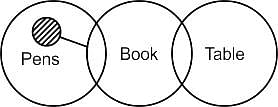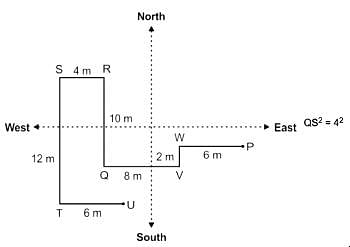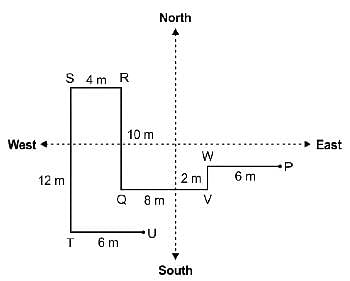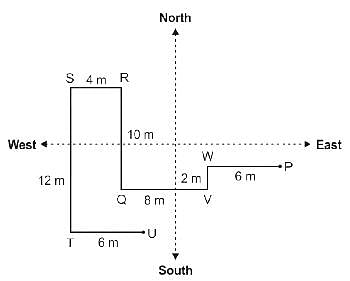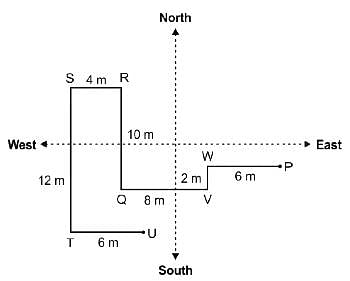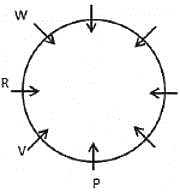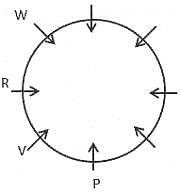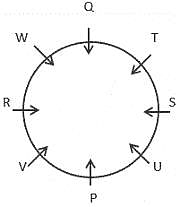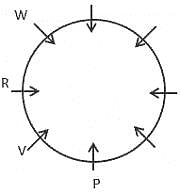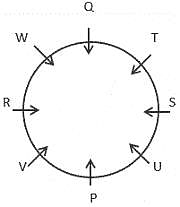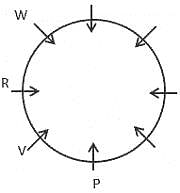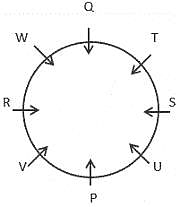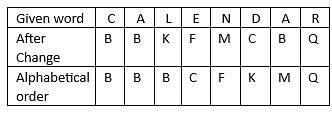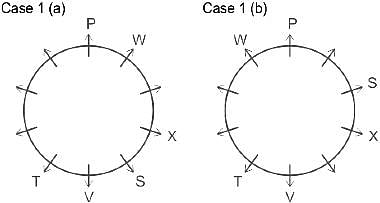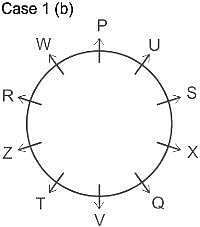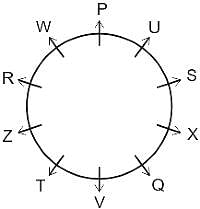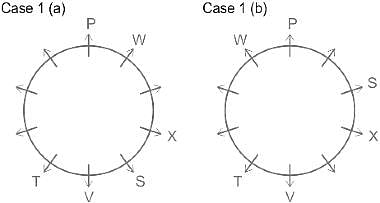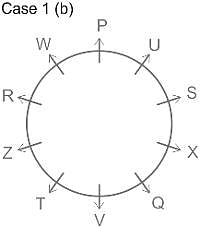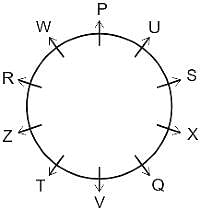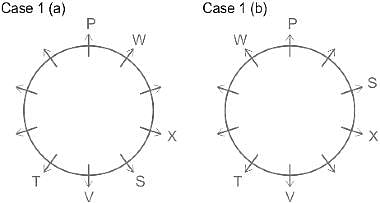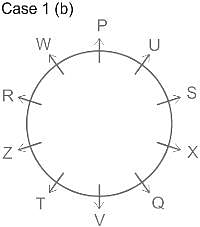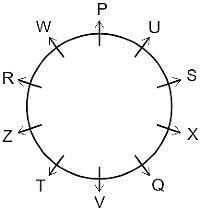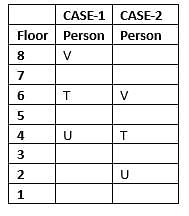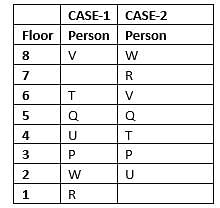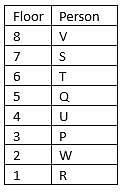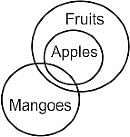Reasoning Ability Test - 2 - Bank Exams MCQ
30 Questions MCQ Test IBPS RRB Clerk Mock Test Series & Past Year Papers 2025 - Reasoning Ability Test - 2
Direction: In the question below are given two statements followed by two conclusions numbered I and II. You have to take the given statements to be true even if they seem to be at variance from commonly known facts. Read all the conclusions and then decide which of the given conclusions logically follows from the given statements disregarding commonly known facts.
Statements:
Only a few Pens are Book.
Some Book is Table.
Conclusions:
I. Some Pens are Book.
II. Some Pens are not Book.
Directions: In the question below are given two statements followed by two conclusions numbered I and II. You have to take the given statements to be true even if they seem to be at variance with commonly known facts. Read all the conclusions and then decide which of the given conclusions logically follows from the given statements disregarding commonly known facts.
Statements:
Only a few Coal is Black.
Some Black is Diamond.
Conclusions:
I. Some Coal is Diamond
II. Some Black is Coal.
Only a few Coal is Black.
Direction: In the question below are given two statements followed by two conclusions numbered I and II. You have to take the given statements to be true even if they seem to be at variance with commonly known facts. Read all the conclusions and then decide which of the given conclusions logically follows from the given statements disregarding commonly known facts.
Statements:
Some car is bike.
No bike is motor.
Conclusions:
I. All motor can be car.
II. some car can never be motor.
Direction: In the question below are given three statements followed by two conclusions numbered I, and II .You have to take the given statements to be true even if they seem to be at variance with commonly known facts. Read all the conclusions and then decide which of the given conclusions logically follows from the given statements disregarding commonly known facts.
Statements
A few Table are Chair
No Chair is Charger
Some Charger are Laptop
Conclusions
I. Some Table can never be Charger
II. Some Laptop are Table
Directions: Study the information given below carefully and answer the questions that follow:
W is 6m west of P. V is 8m east of Q. S is 12m north of T, which is 6m west of U. R is 4m east of S. W is 2m north of V. Q is 10m south of R. What is the direction of P with respect to U?
Direction: In the question below are given two statements followed by two conclusions numbered I and II. You have to take the given statements to be true even if they seem to be at variance with commonly known facts. Read all the conclusions and then decide which of the given conclusions logically follows from the given statements disregarding commonly known facts.
Statements:
Only a few A is B.
Some B is C.
Conclusions:
I. All A are B is a possibility.
II. All B are C is a possibility.
How many persons are between R and T when counted left of R?
If 1 is added to the last digit of each number and then the positions of the first and the third digits are interchanged, which of the following will be the second highest number?
If in each number three digits arranged in ascending order, which of the following will be the 3rd highest number?
If in each number first and second digits are interchanged then how many prime numbers are there in the given series?
If in the word CALENDAR all the vowels are changed to the next letter as per alphabet series and consonants are changed to the previous letter of the word then all the letters are arranged as per alphabetical order within the letter, What will be the fourth letter from right end after arrangements?
Who sits opposite the one who sits to the immediate left of the one who sits third to the right of T?
Who sits 7th to the right of the one who sits opposite U?
If the weight of Yellow bag is 12kg then what is the expected weight of Blue Bag?
Direction: In the question below are given two statements followed by two conclusions numbered I and II. You have to take the given statements to be true even if they seem to be at variance with commonly known facts. Read all the conclusions and then decide which of the given conclusions logically follows from the given statements disregarding commonly known facts.
Statements:
Some Fan is Cooler.
Only a few Cooler is AC.
Conclusions:
I. All Fan is AC.
II. Some Fan is not AC.
Direction: In the question below are given two statements followed by two conclusions numbered I and II. You have to take the given statements to be true even if they seem to be at variance with commonly known facts. Read all the conclusions and then decide which of the given conclusions logically follows from the given statements disregarding commonly known facts.
Statements:
Some mangoes are Apple.
All apples are Fruits.
Conclusions:
I. Some mangoes are Fruits.
II. No apple is mango.
|
31 docs|49 tests
|
|
31 docs|49 tests
|


